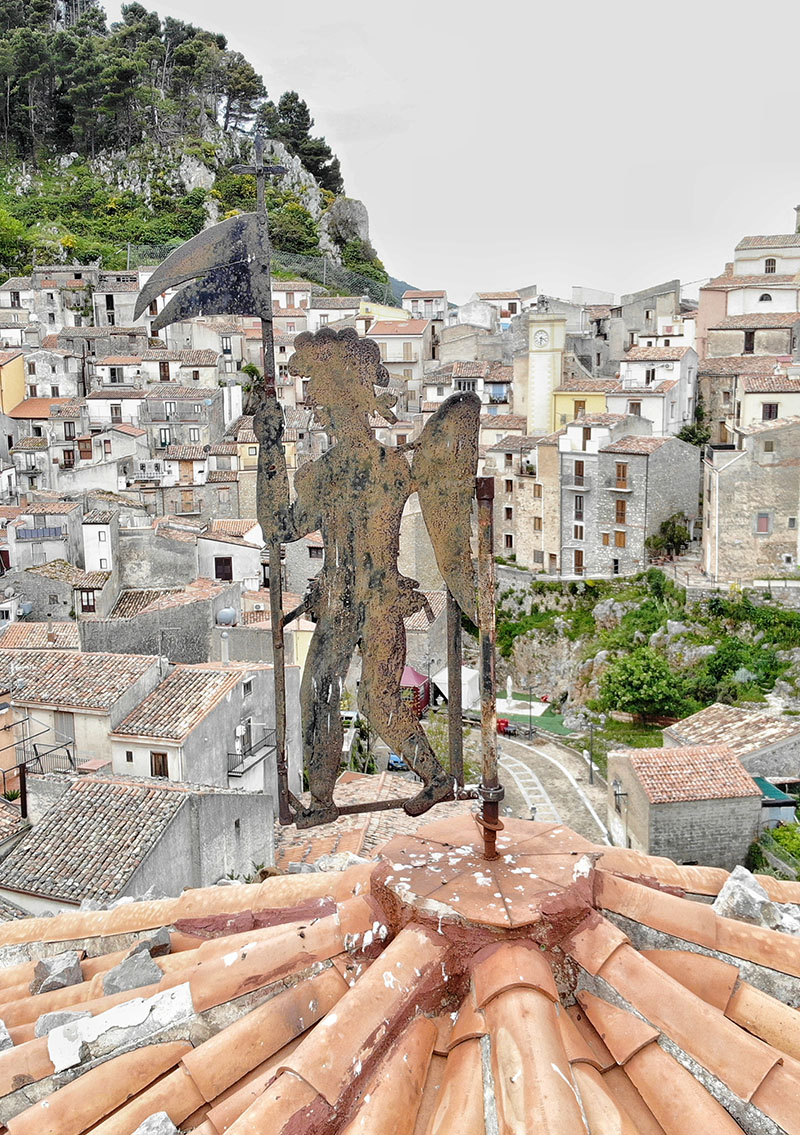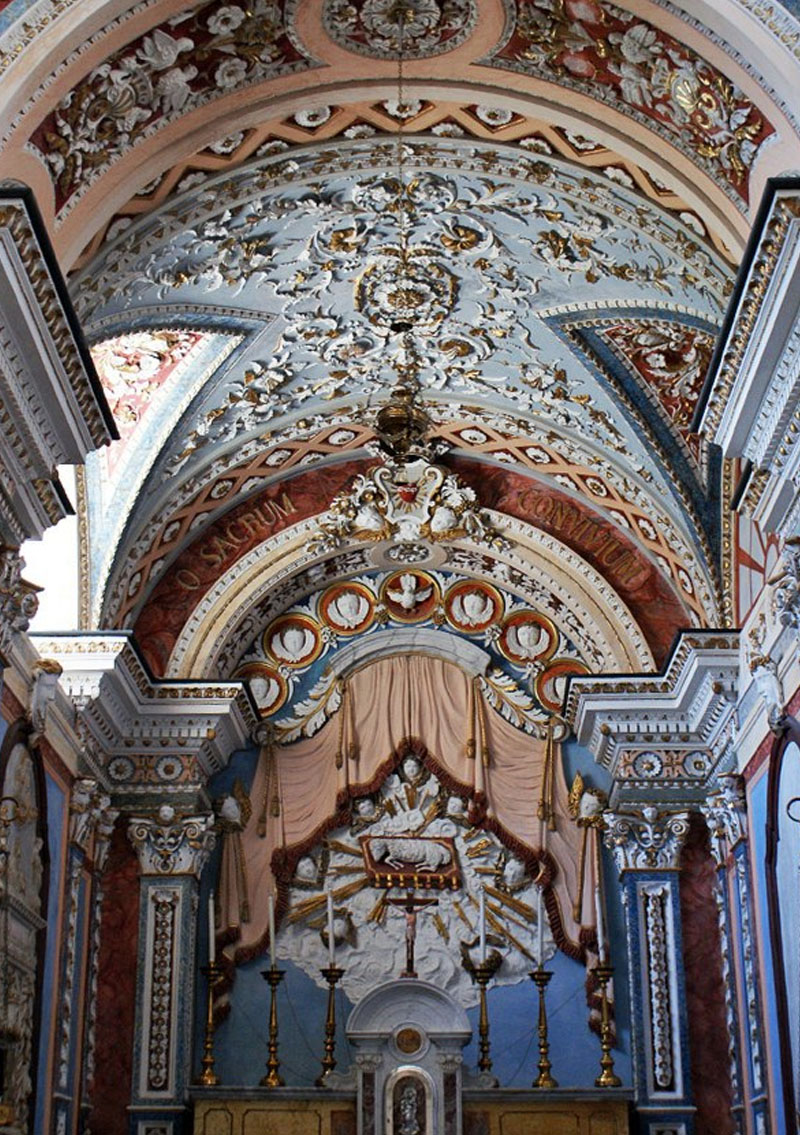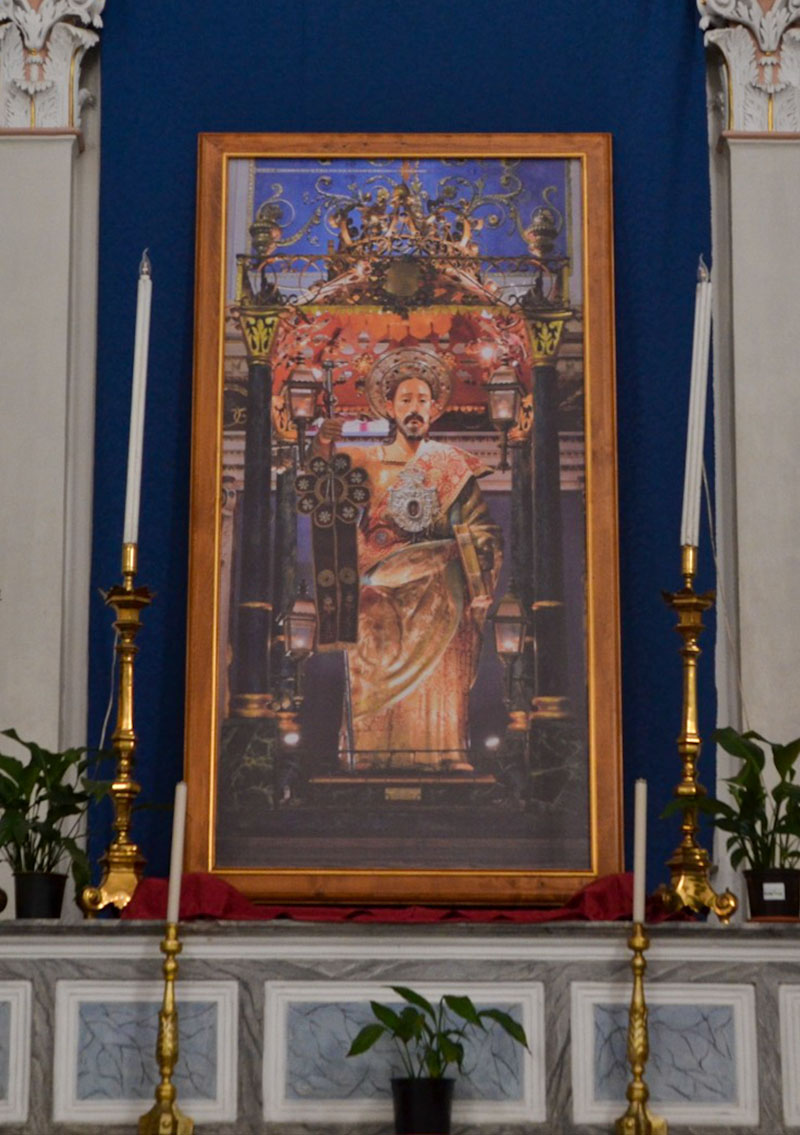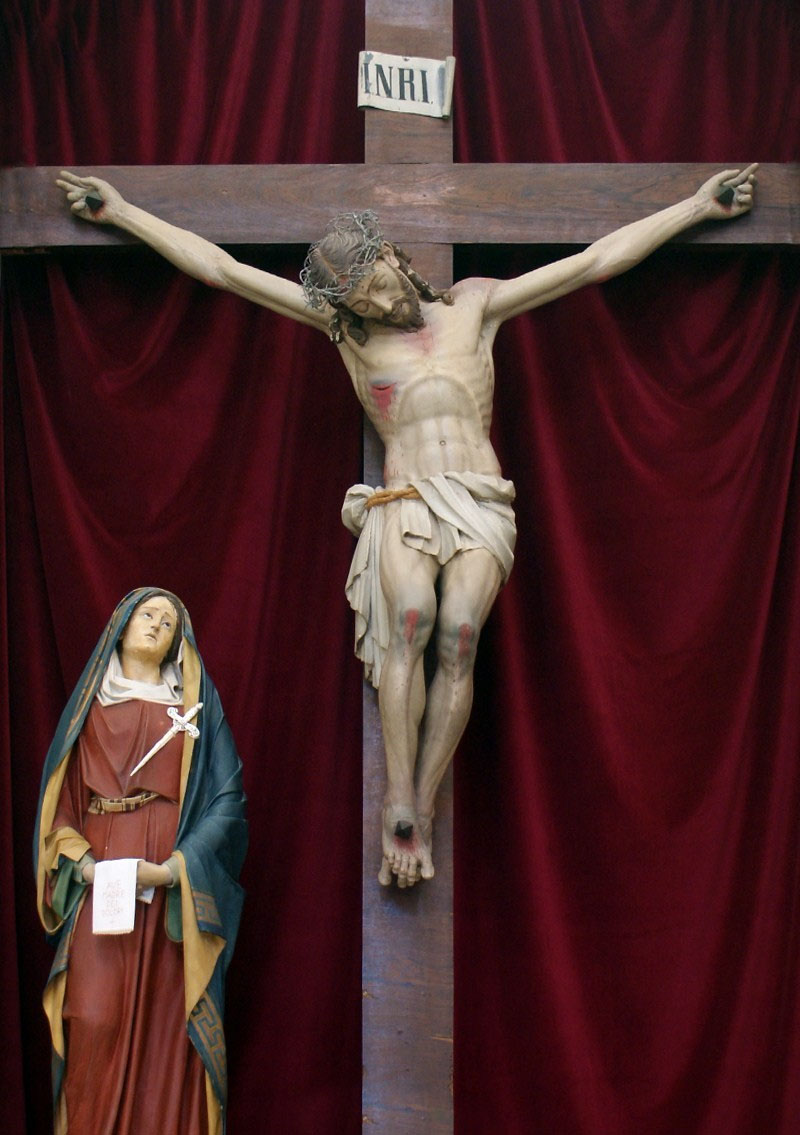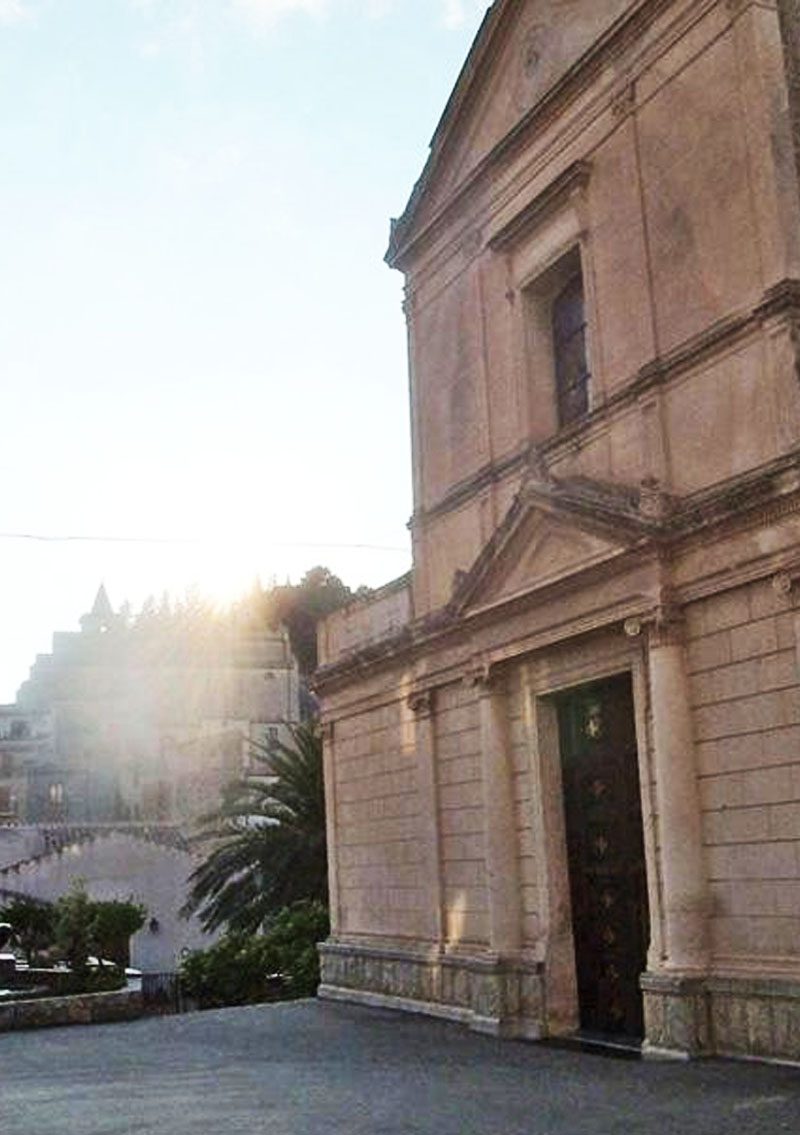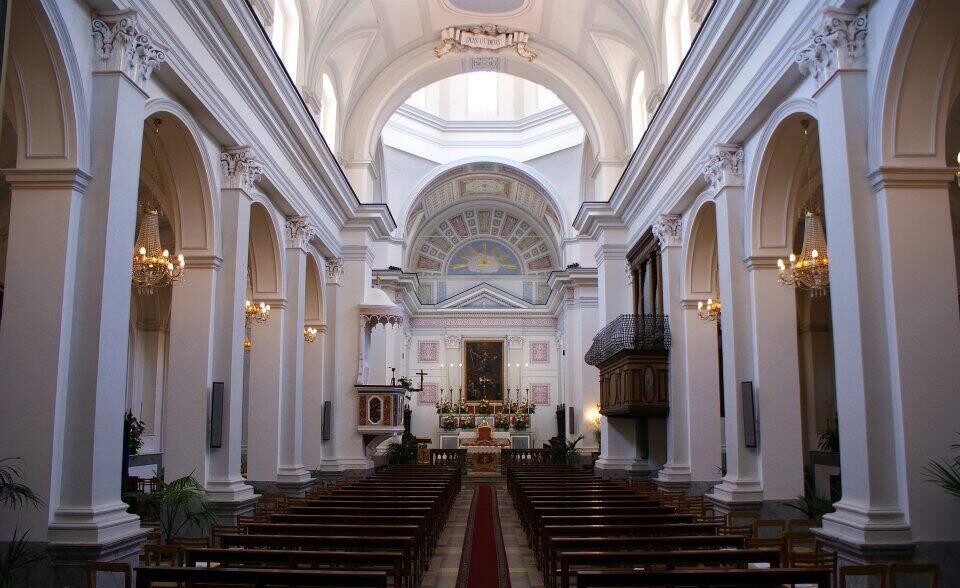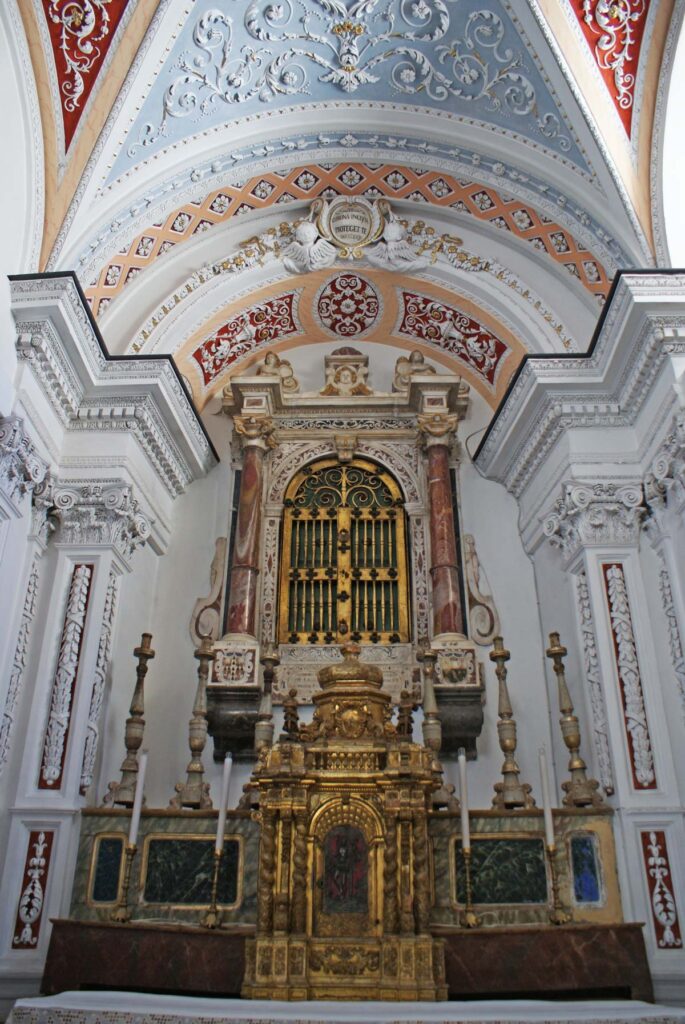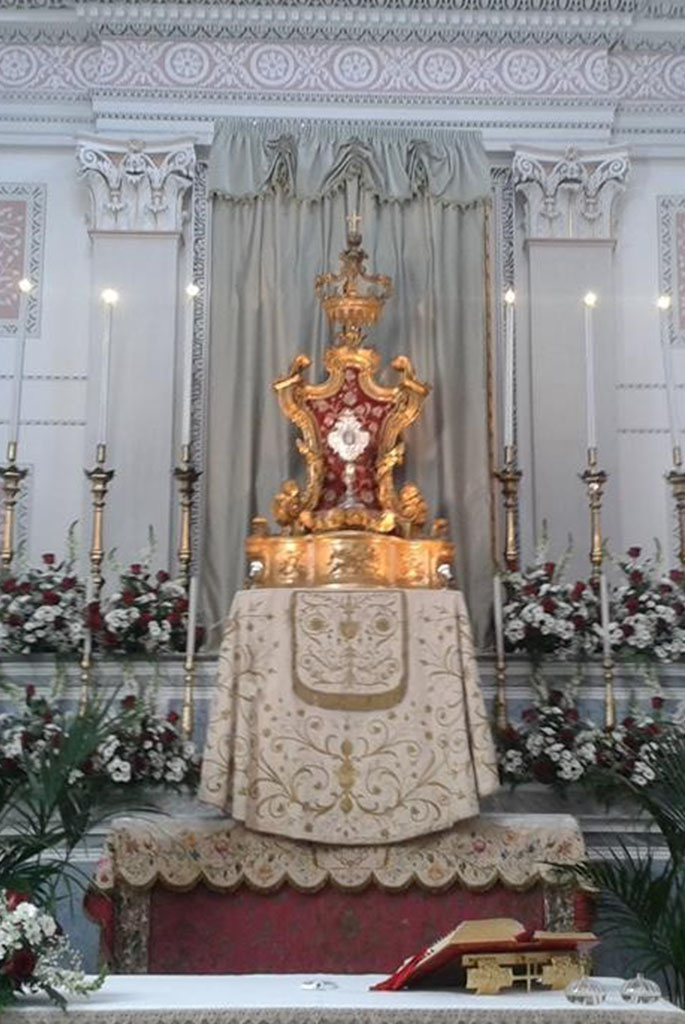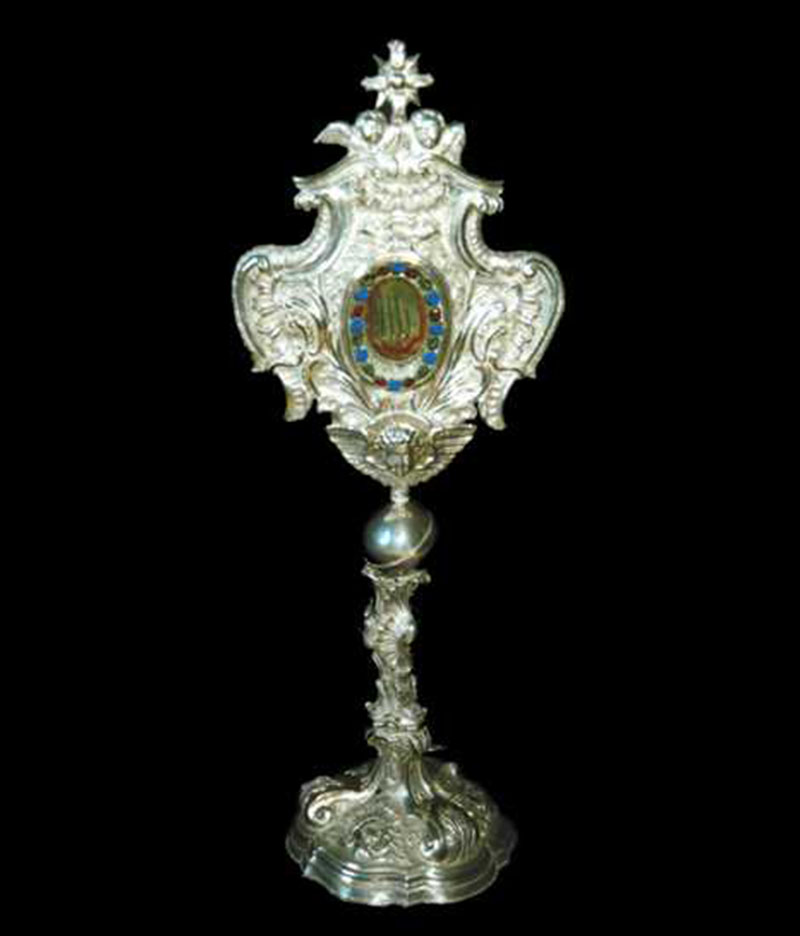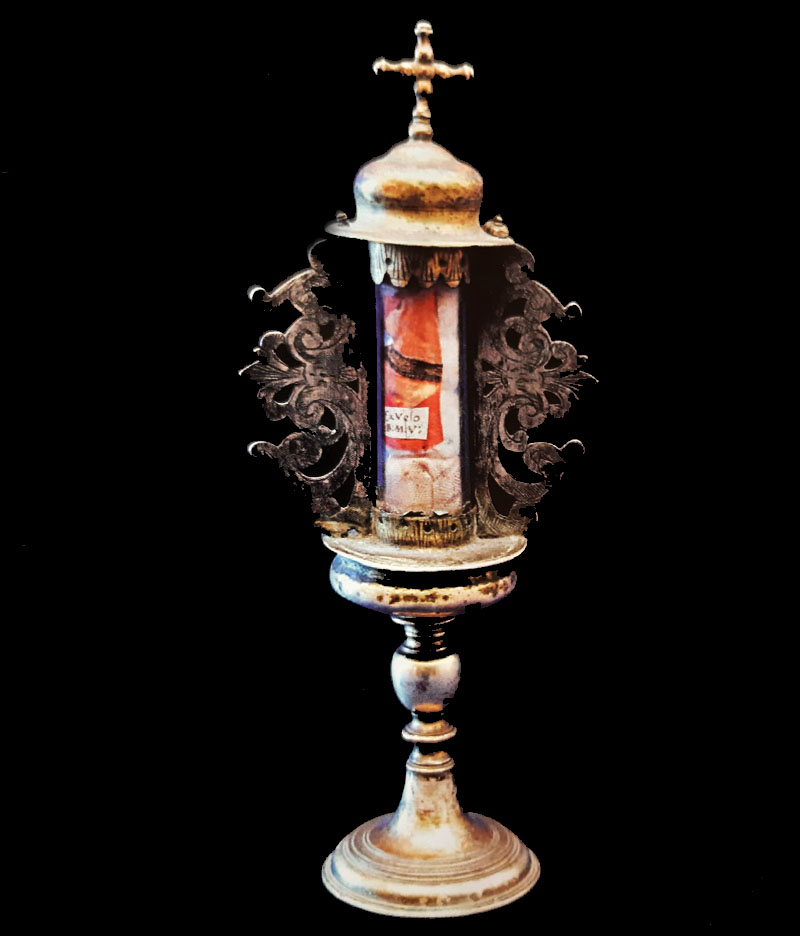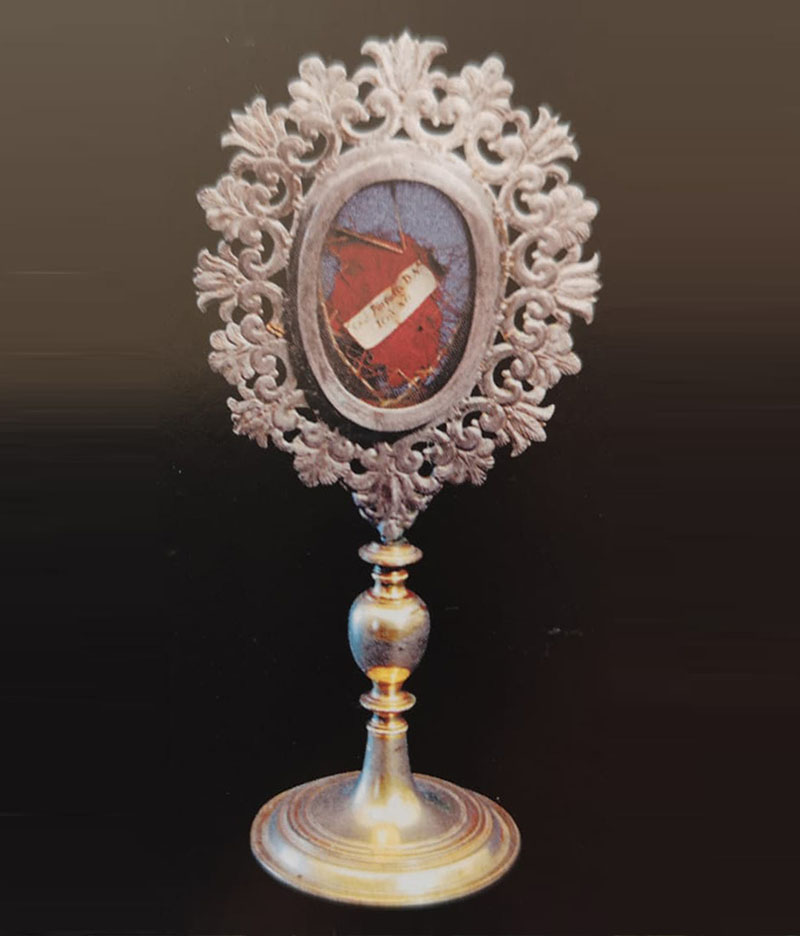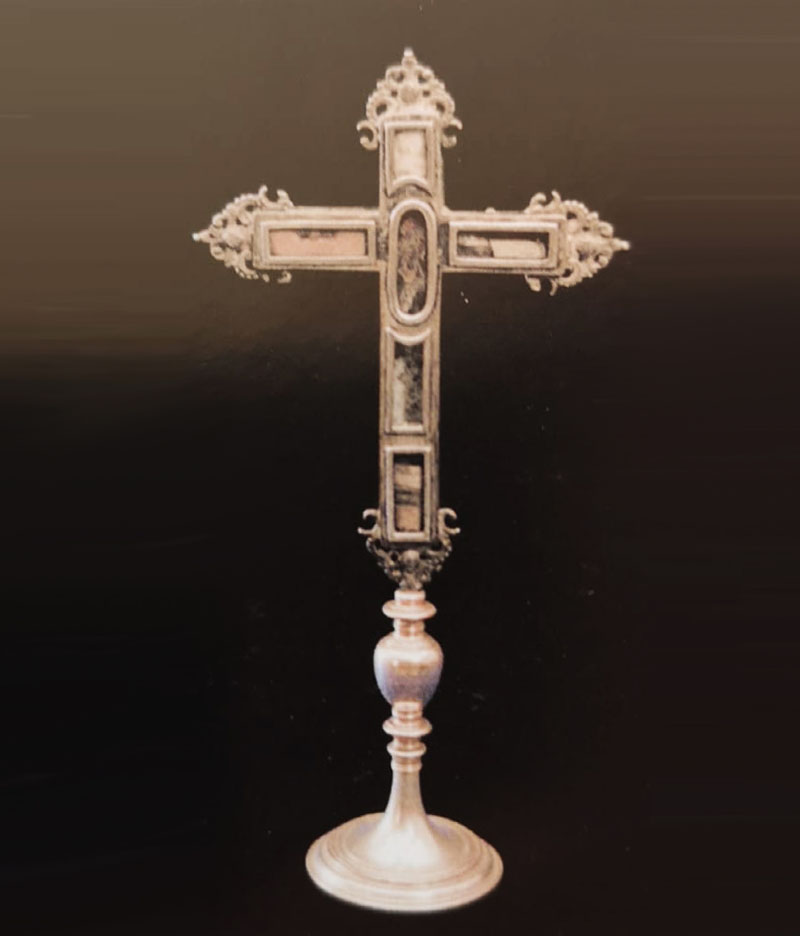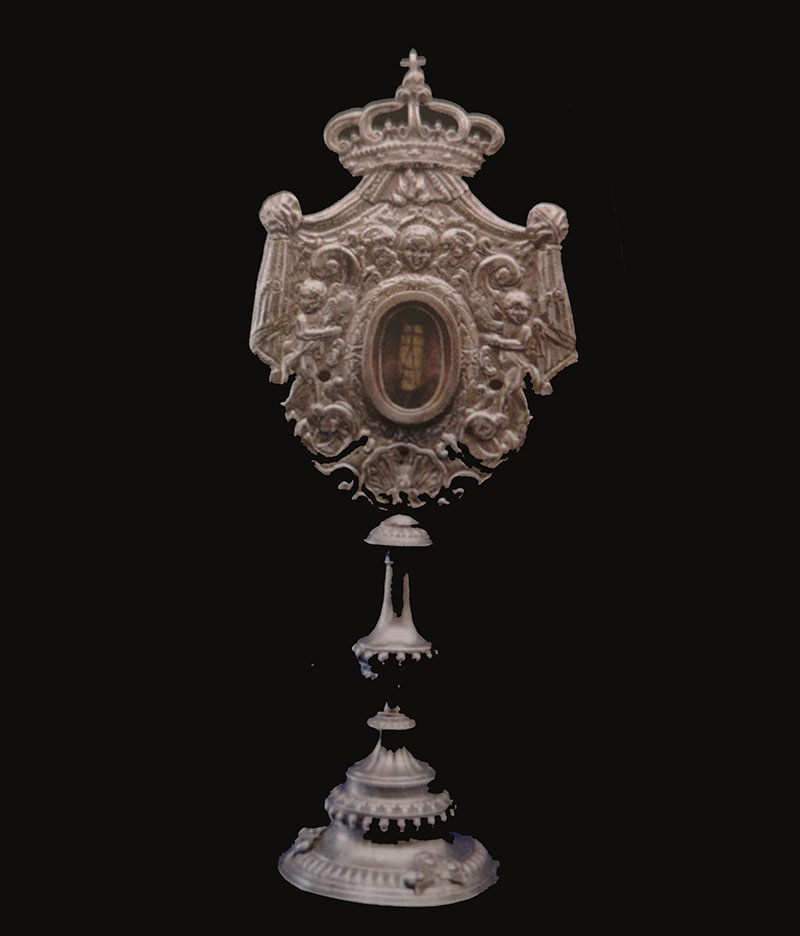Your basket is currently empty!
The construction of the new Chiesa Madre of Gratteri began during the first years of the 19th century, it was designed by Giacinto Zito by the will of the archpriest Paolo Lapi, as you can read on one of the two commemorative tombstones at the entrance of the church. The building was designed to meet the spiritual needs of the community that, in the early 19th century, had an important demographic increase, so much that the other churches were not enough to accommodate all the believers.
After 30 years of work, in 1854 the new Matrice was dedicated to the Archangel Michael, and was officially completed in the year of grace 1900. The magnificent construction was built with the contribution of the citizens, men and women, “viddani e galantuomini” that, every Sunday, would gather and transport the stone needed for the construction with mules.
It was thanks to the Priest of that time that the ancient castle and part of his outer walls were dismantled with the complete demolition of the districts of “di la Terra Vecchia”, “di la Porta Grandi” and “di Nostra Donna del Rosario”.
Today its imposing structure, surmounted by a large hexagonal dome, on which towers a mighty winged seraphim, representing St. Michael the Archangel, looks like a neoclassical temple. The building appears to be a basilical plan Latin cross with three naves delimited by twelve robust columns on which the refined Corinthian capitals stand.



